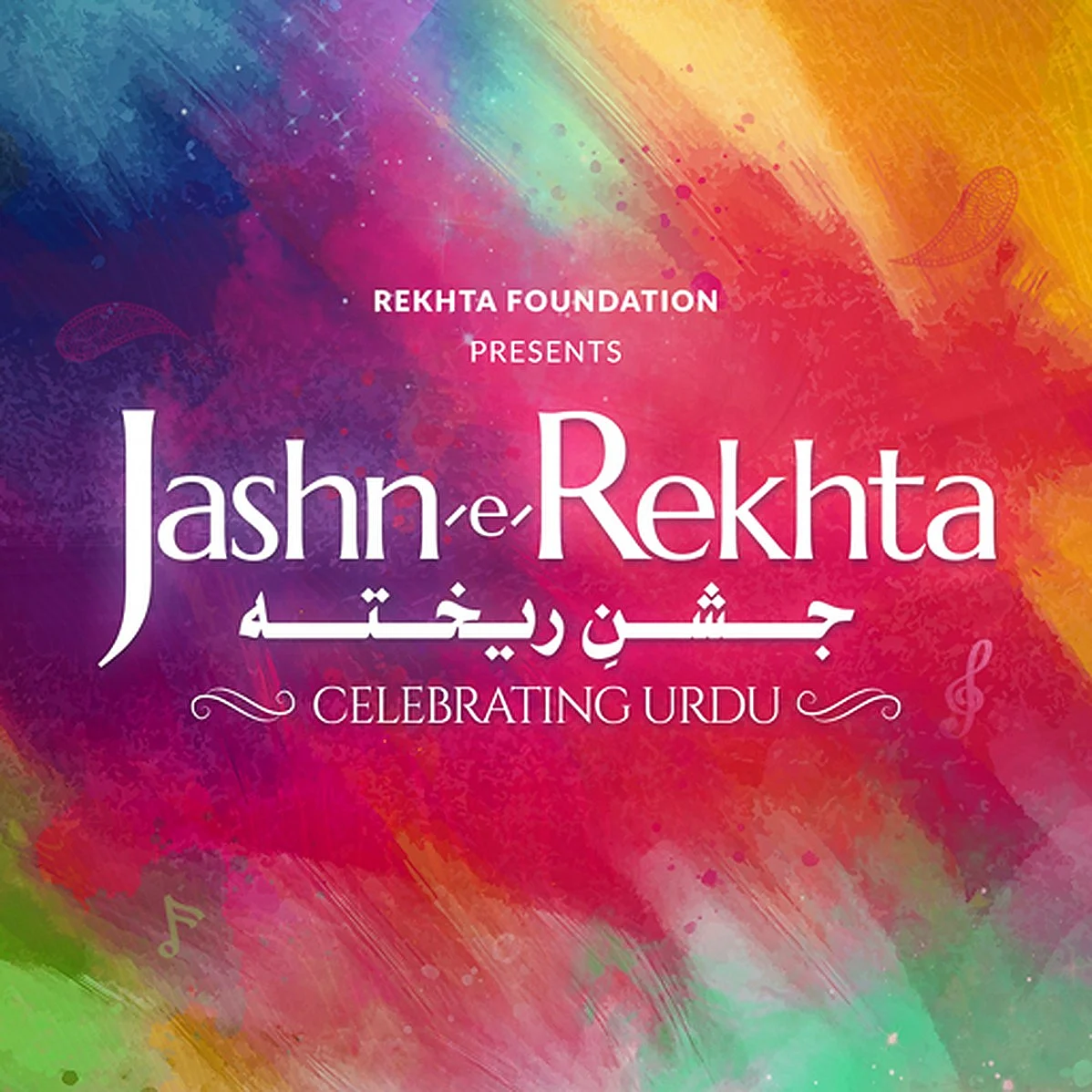Jashn-e-rekhta celebrates 200 years of Urdu journalism
The world’s largest Urdu literary festival is held annually in New Delhi to celebrate all facets of Urdu language and literature through various art forms

A few years ago, when a senior Urdu journalist told Zafar Agha that with Urdu journalism comes the responsibility of qayadat or leadership, he began to understand what it actually meant, he said, during “Urdu sahafat k 200 saal” - a session dedicated to the completion of 200 years of Urdu journalism in India.
The session was part of Jashn-e-rekhta, the world’s largest Urdu literary festival, held annually in New Delhi to celebrate all facets of Urdu language and literature through various art forms.
The speakers during the session included Agha, Shahid Siddiqui and Nadeem Siddiqui, three prominent Indian journalists who have contributed to Urdu journalism during their careers.
During the session, the three speakers pointed out the role of Urdu journalism in the freedom struggle in India. The first Urdu newspaper, Jam-e-Jahan Numa which literally means world news in a chalice, was published on 27 March 1822 in Kolkata.
While recalling the history of Urdu journalism, Agha said that slowly, Urdu newspapers started spreading across India and the Urdu readership was much bigger in number than Hindi newspapers in those days.
“Urdu journalism started during the times of Ghalib, Bahadur Shah Zafar and Mir Taqi Mir. It was extremely difficult as they [journalists] were writing against the British,” he said.
Till the independence of India, the speakers said that there was extensive growth in Urdu journalism.
At the time of partition there were 415 Urdu newspapers including all daily, weekly, fortnightly and monthly magazines. After partition 345 of them remained in India as owners of 70 newspapers migrated to Pakistan. As per the RNI report of 1957, there were 513 Urdu newspapers and the combined circulation was 7.48 lakh.
Fifty years later the number of Urdu dailies alone was 3168 and the combined circulation of all Urdu newspapers was 1.7 crore as per RNI report 2007, wrote Mrinal Chatterjee, a professor at Indian Institute of Mass Communication (IIMC) about the history of Urdu journalism in India.
The speakers said that before independence these urdu newspapers became the source of information about the happenings in India for common people who could read and write Urdu. “Urdu journalism has the trait of resistance and to stand for justice,” said Agha. “it became a habit of Urdu journalists and it continues to be like that even today.
Nadeem Siddiqui, another journalist while talking about the state of Urdu language and Urdu journalism in states like Maharashtra said that a lot of words in Marathi language have been derived from Urdu, Persian and Arabic languages and are still used even in political vocabulary.
“There have been so many urdu newspapers like Al Hilal, Inquilab, Urdu Times, and Hindustan. As times change, we hardly see any urdu newspapers that are making an impact,” he said.
In order to understand the freedom struggle of India, one needs to read the letters and writings of leaders like Bhagat Singh and Lala Rajpat Rai, who have mostly written in Urdu language, said Shahid Siddiqui.
“Therefore, Urdu is not the language of Muslims but of entire India. The language of India’s independence was Urdu, the most secular language was Urdu and through Urdu journalism the stories of rich and poor people came out,” he added.
Follow us on: Facebook, Twitter, Google News, Instagram
Join our official telegram channel (@nationalherald) and stay updated with the latest headlines